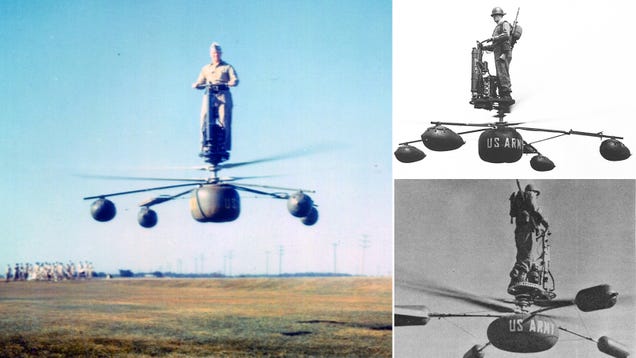Gallery of the Bizarre: Odd looking aircraft: P-26 Pea Shooter
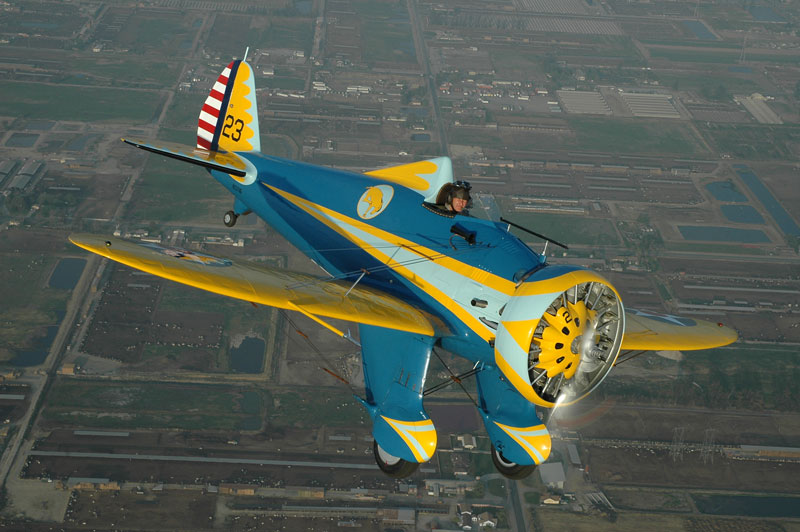
The Planes of Fame Air Museum in Chino, California is sending their Boeing P-26A Peashooter to England this July to take part in the Flying Legends air show over the weekend of July 12th/13th at Duxford, in Cambridgeshire. This ulra-rare fighter plane is one of only two originals in existence, and the only one flying.
Interestingly, the Peashooter was the world’s first all-metal fighter, and the first monoplane in the US Army Air Corps. Boeing built 151 of them between 1932 to 1936. The type first saw combat with the Chinese Air Force on August 15th 1937, when eight Peashooter’s engaged twenty Japanese “Claude” bombers. They shot down two bombers without loss. A handful of them were still flying with the Army Air Corps in the Philippines when the US entered WWII in December, 1941. Ed Maloney acquired this example, 33-123, from the Guatemalan Air Force in 1957. The Guatemalan’s had used the type from 1943 until its retirement in 1957. The only other original survivor, P-26A 33-135, is on display with the Smithsonian’s National Air & Space Museum at their Udvar-Hazy Center in Chantilly, Virginia. They also acquired it from Guatemala in 1957. There are a half dozen faithful replicas in various stages of completion dotted around the USA at present, and although one of these has flown in recent years, none are currently active.
It is probably the first time that a P-26 has ever visited Europe, and it is bound to cause a stir at Flying Legends. The Fighter Collection, organizers of the hugely popular air show, based at Duxford have close ties to many of the established vintage aircraft collectors/collections in the USA. They often work to bring one of their more unusual overseas exhibits to be a part of the Flying Legends air show to keep it fresh each year. Flying Legends will be the only chance to see the Peashooter flying during her UK visit. According to the air show details, the Peashooter will fly a carefully scripted solo routine each day of the show, and sit on the Flight Line during the remainder to allow close viewing of the unusual monoplane.
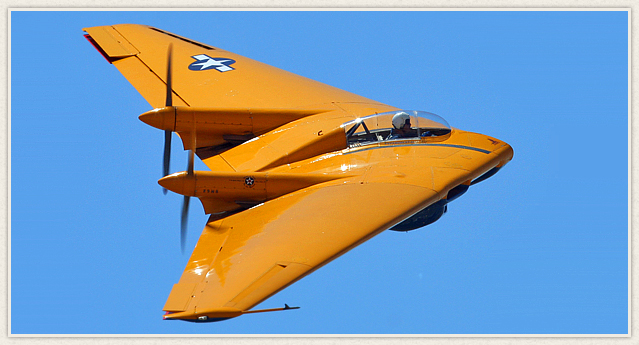
The Northrop N-9M was an approximate one-third scale, 60-ft wide, all-wing aircraft used for the development of the 172-ft wide Northrop XB-35 and YB-35 flying wing long-range, heavy bomber program. First flown in 1942, the N-9M (M for Model) was the third in a lineage of all-wing Northrop aircraft designs that began in 1929 when Jack Northrop succeeded in early experiments with his single pusher propeller, twin-tailed, twin-boom, all stressed metal skin Northrop Flying Wing X-216H monoplane, and a decade later, the dual-prop N-1M of 1939–1941. Northrop's pioneering all-wing aircraft would lead Northrop-Grumman many years later to eventually develop the advanced B-2 Spirit stealth bomber, which debuted in Air Force Inventory in 1989.
Stipa-Caproni, an experimental Italian aircraft with a barrel-shaped fuselage (1932).
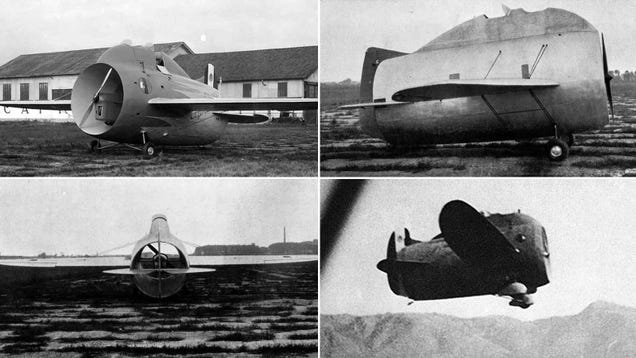 EXPAND
EXPAND
Photo: Wikimedia Commons
Vought V-173, the "Flying Pancake", an American experimental fighter aircraft for the United States Navy (1942).
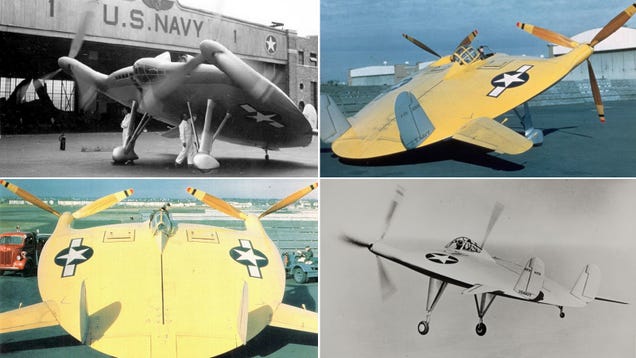 EXPAND
EXPAND
Blohm & Voss BV 141, a World War II German tactical reconnaissance aircraft, notable for its uncommon structural asymmetry.
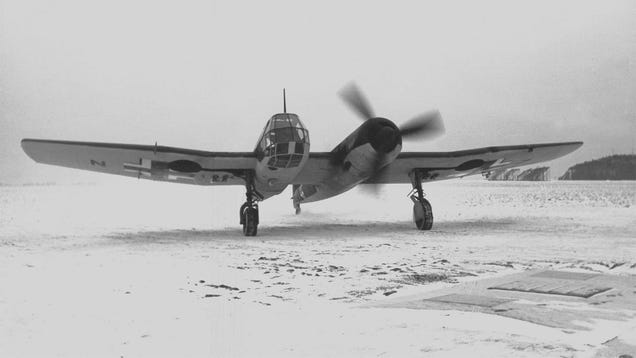 EXPAND
EXPAND
Photo: wwiiaircraftphotos.com
Douglas XB-42 Mixmaster, an experimental bomber aircraft, designed to have a very high top speed (1944).
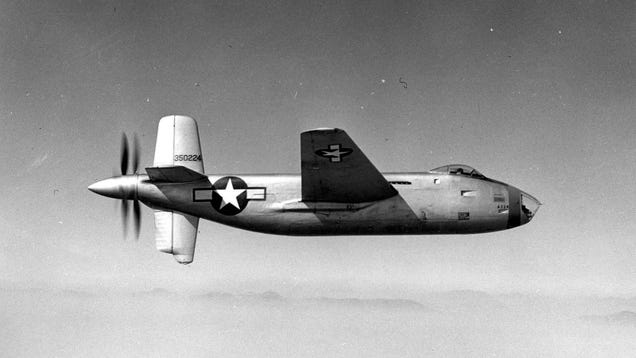 EXPAND
EXPAND
Photo: U.S. Air Force
Libellula, a tandem-winged and twin-engine British experimental plane which gives the pilot an excellent view for landing on aircraft carriers (1945).
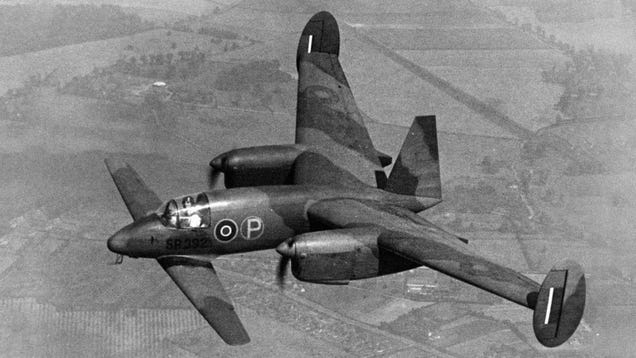 EXPAND
EXPAND
Photo: William Vanderson/Fox Photos/Getty Images
North American XF-82. Stitch together two P-51 Mustangs, and you get this long-range escort fighter (1946).
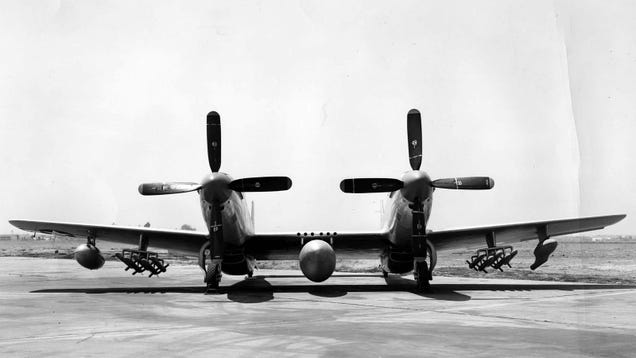 EXPAND
EXPAND
Photo: U.S. Air Force
Northrop XB-35, an experimental flying wing heavy bomber developed for the United States Army Air Forces during and shortly after World War II.
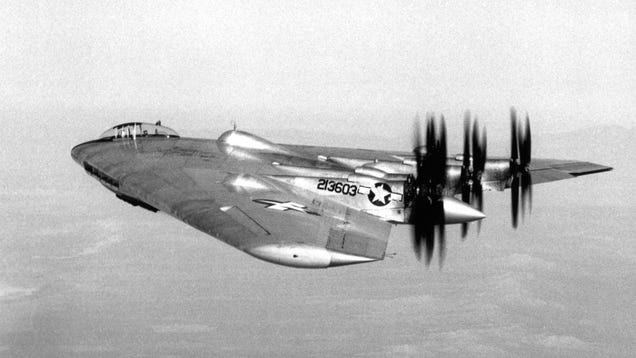
McDonnell XF-85 Goblin, an American prototype jet fighter, intended to be deployed from the bomb bay of the Convair B-36 (1948).
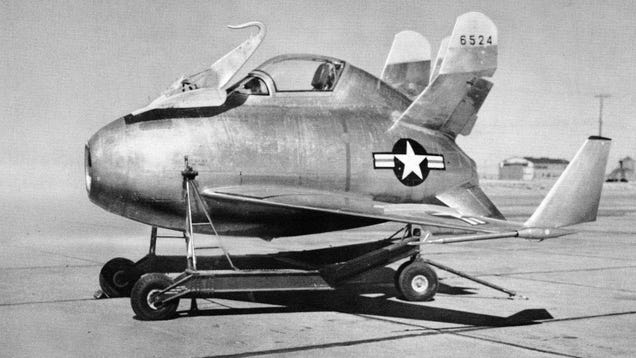 EXPAND
EXPAND
Photo: U.S. Air Force
Martin XB-51, an American "tri-jet" ground attack aircraft. Note the unorthodox design: one engine at the tail, and two underneath the forward fuselage in pods (1949).
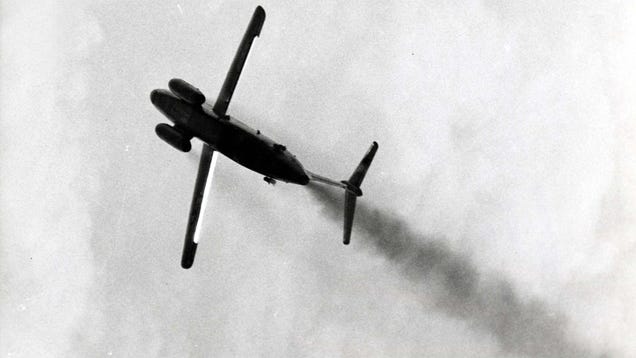 EXPAND
EXPAND
Photo: U.S. Air Force
Douglas X-3 Stiletto, built to investigate the design features necessary for an aircraft to sustain supersonic speeds (1953 - 1956)
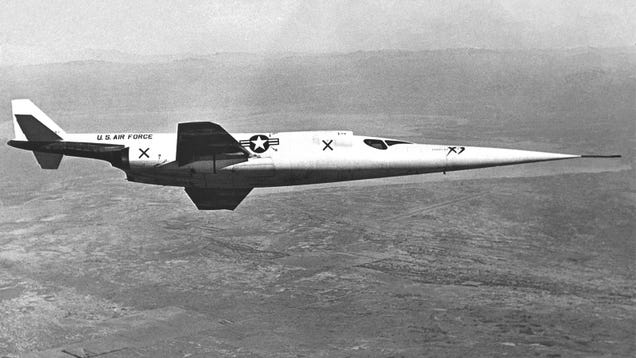 EXPAND
EXPAND
Photo: NASA/DFRC
Lockheed XFV, "The Salmon," an experimental tail sitter prototype escort fighter aircraft (1953).
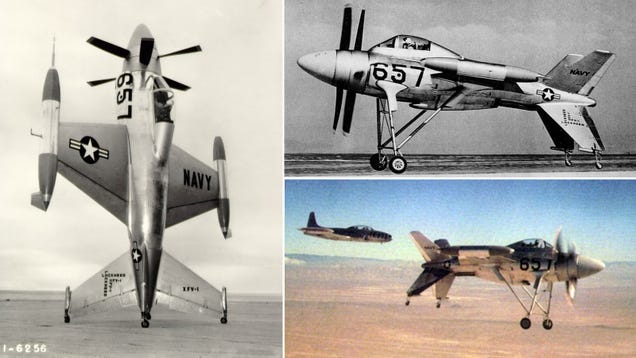 EXPAND
EXPAND
Photo: U.S. Air Force
De Lackner HZ-1 Aerocycle flying platform, designed to carry one soldier to reconnaissance missions (1954).
Photo: U.S. Army/army.arch
Snecma Flying Coleoptere (C-450), a French experimental, annular wing aeroplane, propulsed by a turbo-reactor, able to take off and land vertically (1958).
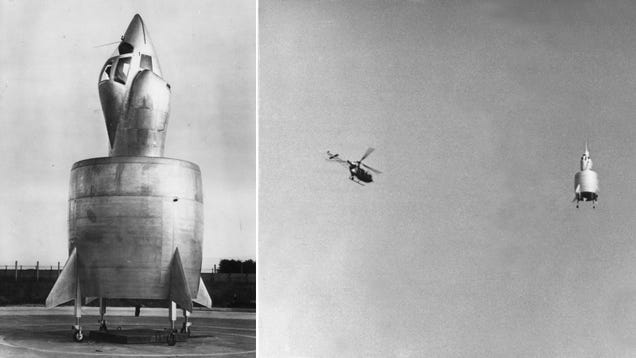 EXPAND
EXPAND
Photo: Keystone/Getty Images
Avro Canada VZ-9 Avrocar, a VTOL disk-shaped aircraft developed as part of a secret U.S. military project (1959)
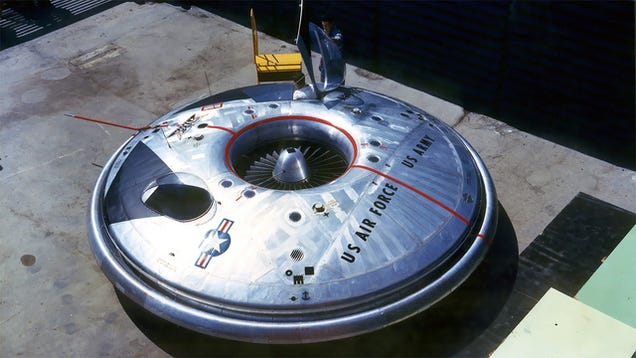 EXPAND
EXPAND
HL-10, one of five aircraft built in the Lifting Body Research Program of NASA (1966 - 1970).
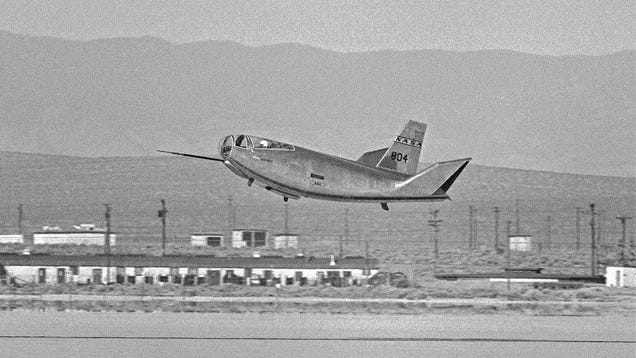 EXPAND3
EXPAND3
Photo: NASA/DFRC
Dornier Do 31, a German experimental VTOL tactical support transport aircraft (1967).
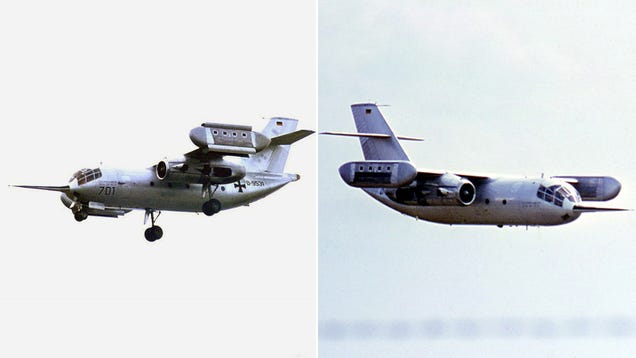 EXPAND
EXPAND
Photo: amphalon
Alexander Lippisch's Aerodyne, a wingless experimental aircraft. The propulsion was generated by two co-axial shrouded propellers (1968).
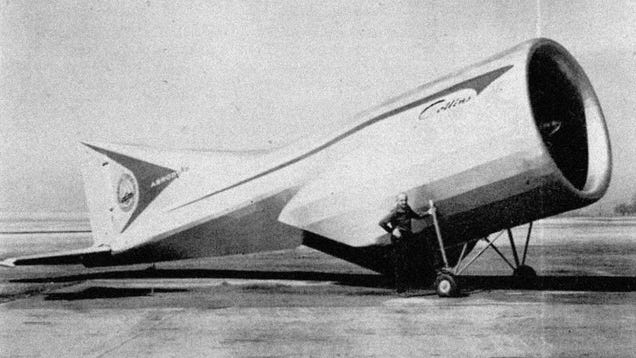 EXPAND
EXPAND
Photo: Flying Magazine, Apr 1960
Bartini Beriev VVA-14, a Soviet vertical take-off amphibious aircraft (1970s)
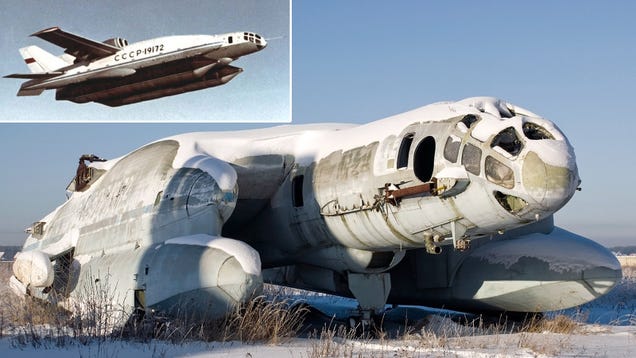 EXPAND4
EXPAND4Ames-Dryden (AD)-1 Oblique Wing, a research aircraft designed to investigate the concept of a pivoting wing (1979 - 1982).
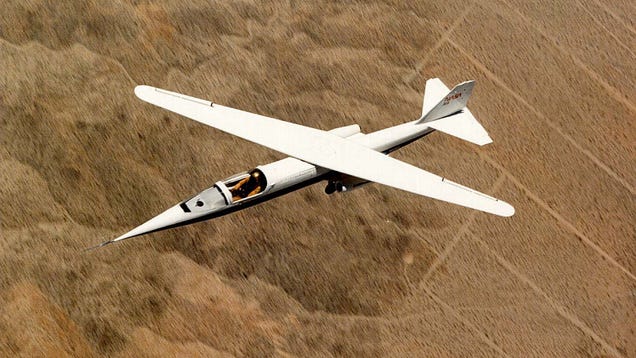 EXPAND
EXPAND
Photo: NASA/DFRC
B377PG - NASA's Super Guppy Turbine cargo plane, first flew in its out-sized form in 1980.
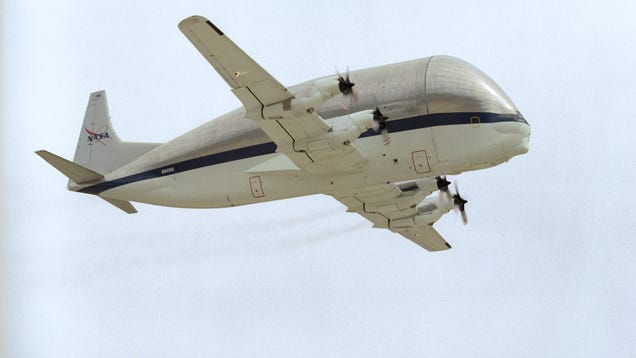 EXPAND
EXPAND
Photo: NASA/DFRC
X-29 forward swept wing jet plane, flown by the NASA Dryden Flight Research Center, as a technology demonstrator (1984 - 1992).
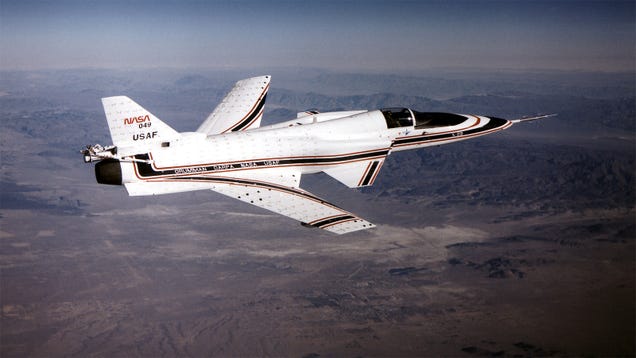 EXPAND
EXPAND
Photo: NASA/DFRC
X-36 Tailless Fighter Agility Research Aircraft, a subscale prototype jet built by McDonnell Douglas for NASA (1996 - 1997).
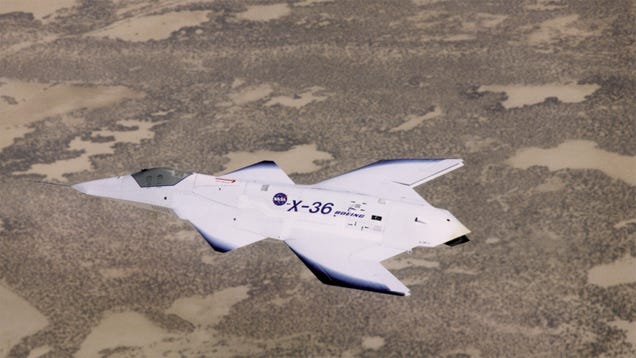 EXPAND
EXPAND
Photo: NASA/DFRC
Beriev Be-200 Seaplane, a Russian multipurpose amphibious aircraft (1998).
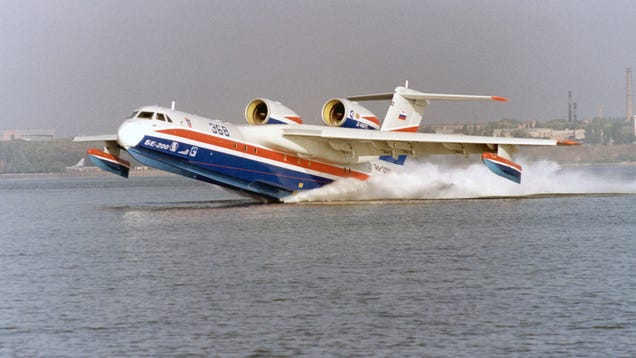 EXPAND
EXPAND
Photo: amphalon
Proteus, a tandem-wing, twin-engine research aircraft, built by Scaled Composites in 1998.
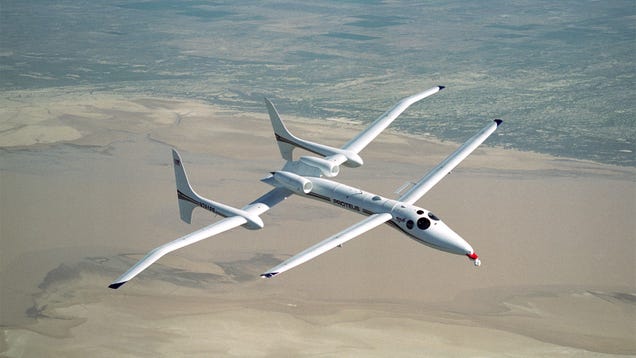 EXPAND
EXPAND
Photo: NASA/DFRC
